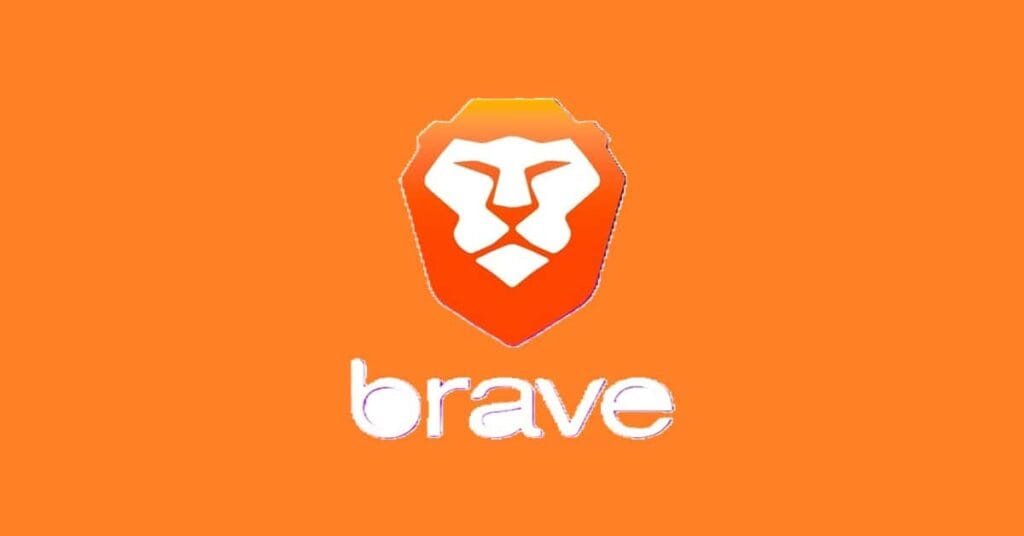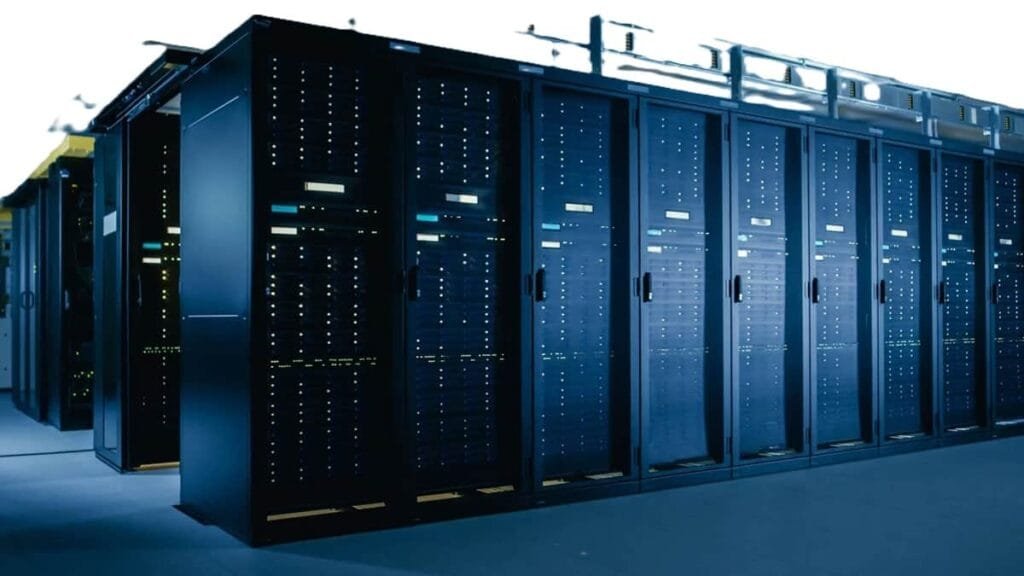Everything About the Dark Web: An In-Depth Exploration
In the realm of the internet, the term “dark web” often evokes an air of mystery and curiosity. Like an iceberg, the dark web is only partially visible to the untrained eye, with most of its content lurking beneath the surface. To understand this enigmatic space, we must first dissect the layers of the internet, explore what the dark web truly entails, and delve into its implications for privacy, security, and society as a whole.
The Structure of the Internet
To comprehend the dark web, one must first understand the structure of the internet. The internet can be broadly categorized into three distinct layers:
- Surface Web: This is the portion of the internet that is indexed by search engines like Google, Bing, and Yahoo. It consists of websites that are publicly accessible and easily found by anyone with an internet connection. Estimates suggest that the surface web constitutes only about 4% of the entire internet.
- Deep Web: The deep web encompasses all the parts of the internet that are not indexed by traditional search engines. This includes databases, private corporate websites, membership-only sites, academic resources, medical records, and any information protected by paywalls or login requirements. The deep web is significantly larger than the surface web—estimated to be hundreds of times larger.
- Dark Web: Nested within the deep web is the dark web, which is intentionally hidden and inaccessible through standard web browsers. The dark web utilizes specific software, configurations, or authorizations to access content, most notably through tools like Tor (The Onion Router). This layer is often associated with anonymity and is the breeding ground for both illicit activities and privacy-conscious communities.
What Is the Dark Web?
The dark web consists of networks that are not indexed by standard search engines and often require special software to access. The most common way to navigate the dark web is through the Tor network, which anonymizes users’ identities by routing web traffic through multiple servers.
Key Characteristics:
- Anonymity: One of the defining features of the dark web is the anonymity it provides to users and operators. This attracts individuals looking to operate outside of traditional oversight, whether for legitimate purposes or illegitimate activities.
- Decentralization: The dark web operates without centralized control. This decentralization fosters a particular ecosystem where information and services can flourish outside the watchful eyes of traditional regulatory bodies.
- Specialized Software: Accessing the dark web typically requires specific software, usually Tor. Tor encrypts the user’s internet traffic and bounces it through a network of volunteer-operated servers around the world, thus obscuring the user’s location and usage.
- Variety of Content: The dark web hosts a range of content, from forums for discussions about privacy and security to markets for illegal goods and services. It also provides platforms for whistleblowers and activists, making it a double-edged sword.
Navigating the Dark Web
To access the dark web, users must download and install the Tor browser, which is specifically designed to protect user anonymity. Once you have the Tor browser installed, navigating the dark web can feel like wandering through a labyrinth; however, there are various resources and directories available to guide users. Here are some key considerations when exploring the dark web:
- URL Format: Dark web addresses often end with the “.onion” domain, indicating that they are only accessible through the Tor network. These URLs can be complicated strings of letters and numbers, somewhat akin to codes.
- Safety and Security: Users should always prioritize safety when exploring the dark web. This includes using VPNs, refraining from downloading unknown files, and being very cautious about sharing personal information.
- Community Guidelines: Different dark web sites have their own rules and regulations. Often, communities will establish guidelines for behavior, and users should familiarize themselves with these before engaging with others.
- Usability: The interface of dark web sites can differ significantly from what users experience on the surface web. Many may have rudimentary designs that can appear dated or clunky, with slower loading times.
The Controversial Nature of the Dark Web
While the dark web is often portrayed as a hotbed for criminal activity, it also serves as a space for advocating freedom of expression, privacy, and social justice. The following are some of the key uses of the dark web:
Illicit Activities
- Marketplaces for Illegal Goods: The dark web has gained notoriety for its illegal marketplaces where anything from drugs and weapons to stolen data and counterfeit documents can be bought and sold. Sites like Silk Road, which gained infamy as the first significant online black market, have made headlines in recent years, leading to arrests and legal challenges.
- Hacking Services: Various platforms offer tools and services for hackers, ranging from malware to exploitation kits. These services can be anonymously purchased and used for malicious activities.
- Fraud and Identity Theft: The dark web is often home to identities stolen through phishing or hacking, which can be sold for a profit. Credit cards, social security numbers, and bank account information are highly sought after commodities.
Positive Purposes
- Whistleblowing and Journalism: The dark web has provided a safe haven for whistleblowers and journalists seeking to communicate without fear of retribution. Platforms like SecureDrop allow for anonymous interaction between journalists and sources, promoting transparency in governments and organizations.
- Privacy Advocacy: With increasing concerns about government surveillance and corporate data mining, many privacy advocates have turned to the dark web as a platform for discussing tactics and sharing information about online safety.
- Political Activism: In some countries where free speech is restricted, the dark web serves as a critical tool for activists. It allows citizens to share their stories and organize without fear of oppressive government retaliations.
Navigating the Shadows: FAQs About the Dark Web
As technology evolves, so does our understanding of the internet and its various layers. Among these layers, the Dark Web often captures the curiosity of individuals, likely due to its notorious reputation and the mysteries surrounding it. This blog post aims to answer some of the most frequently asked questions about the Dark Web, shedding light on what it is, how it operates, its contents, risks, and more.
What is the Dark Web?
The Dark Web is a part of the internet that isn’t indexed by traditional search engines such as Google, Bing, or Yahoo. It’s a subset of the Deep Web, a broader term that refers to all parts of the internet that cannot be accessed through standard search engines. The Deep Web includes benign content such as medical records, academic databases, and private corporate sites. In contrast, the Dark Web is specifically an area designed for anonymity and clandestine activities.
How does one access the Dark Web?
To access the Dark Web, users typically employ special software that allows them to browse anonymously. The most common platform used to navigate the Dark Web is Tor (The Onion Router). Tor encrypts user data and routes it through a series of volunteer-operated servers, concealing users’ identities and locations.
To get started on the Dark Web:
- Download the Tor Browser: This browser is specifically designed for accessing the Tor network.
- Ensure security: Consider using a reliable VPN (Virtual Private Network) for an extra layer of privacy and security.
- Safety precautions: Avoid downloading files, entering personal information, or visiting questionable sites without adequate cybersecurity measures.
What can you find on the Dark Web?
The Dark Web is home to a variety of content, encompassing both legal and illegal activities. Here are some common categories:
- Marketplaces: There are several marketplaces where users can buy and sell illegal goods and services such as drugs, firearms, counterfeit money, and hacked accounts. One of the most infamous marketplaces, Silk Road, was shut down in 2013, but many alternatives have emerged since.
- Hacker Forums: These forums are places where individuals exchange techniques, tools, and services related to hacking, malware development, and other cybercrimes.
- Communities and Blogs: The Dark Web hosts various forums and communities focused on a range of topics, from whistleblowing and privacy advocacy to extreme political beliefs.
- Services for Anonymity: There are also platforms that help individuals maintain their anonymity, which can range from VPN services to assistance with bypassing government censorship.
- Similarities to the Surface Web: You can find legal content on the Dark Web, such as political activism, whistleblower resources, and private communication spaces for people living under oppressive regimes.
Is the Dark Web illegal?
Accessing the Dark Web itself is not illegal; however, many of the activities that occur there can be unlawful. While it serves as a haven for privacy-conscious individuals, it also hosts a plethora of illegal enterprises. It is crucial to recognize the distinction: while browsing the Dark Web for legal purposes may be acceptable, engaging in illegal activities can lead to significant legal consequences.
What are the risks of accessing the Dark Web?
Accessing the Dark Web comes with various risks, including:
- Cybersecurity Threats: The Dark Web is rife with malware, and common security tools may not always protect you from threats. Users risk exposing personal information and falling victim to hacking or identity theft.
- Legal Consequences: Enticing as it may be to look into illicit activities, engaging in them could lead to criminal charges, investigations, and repercussions.
- Scams and Fraud: Many services offered on the Dark Web are scams. Financial transactions may result in losing money without receiving any goods or services.
- Exposure to Disturbing Content: The Dark Web can host graphic and violent content. Browsers may accidentally find themselves on sites they did not intend to visit.
How can I stay safe if I decide to explore the Dark Web?
If you choose to explore the Dark Web, consider the following safety tips:
- Utilize a VPN: A reliable VPN can enhance your privacy by masking your IP address and encrypting your internet connection.
- Avoid Personal Information: Do not share any personal information, including your real name, email addresses, or financial details.
- Use Cryptocurrency: If engaging in transactions, consider using anonymous cryptocurrencies such as Bitcoin, ensuring you take additional precautions to protect your wallet.
- Know the Dangers: Be aware of the types of scams and potential threats; always proceed with caution.
- Limit Downloads: Avoid downloading files or clicking on suspicious links as they may contain malware.
- Keep Software Updated: Make sure your operating system and any security tools are up to date to minimize vulnerabilities.
Conclusion
The dark web is a complex and multifaceted environment that evokes strong emotions and opinions. While it certainly contains its fair share of illicit activity, it also serves as an essential platform for privacy, human rights, and free expression. As we continue to navigate the ever-evolving digital landscape, it is imperative for individuals, policymakers, and law enforcement to consider the nuances of the dark web, balancing the need for security with the preservation of freedoms.
Whether viewed with skepticism or intrigue, the dark web remains a distinct part of our digital universe—one that challenges our understanding of privacy, anonymity, and society as a whole. In an age where our personal data is increasingly vulnerable, the dark web reminds us of the importance of safeguarding our digital identities while recognizing the fine line between freedom and safety in the online world.


